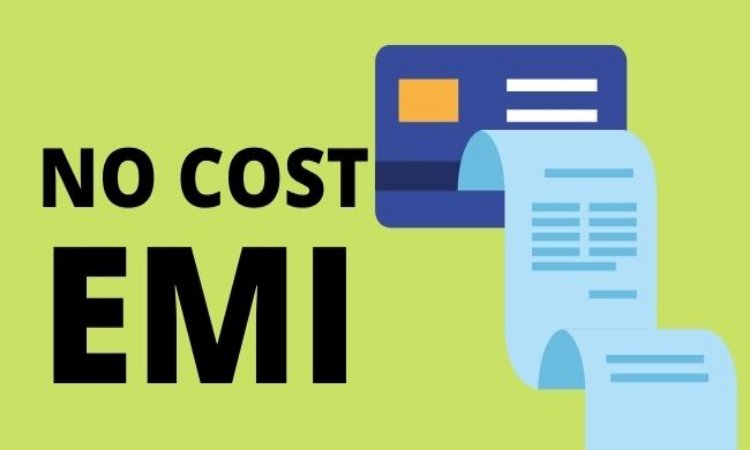Contents
E-commerce websites provide fantastic savings 24 hours a day, seven days a week. As a result, purchasing behavior has become more impulsive than before. Customers are additionally encouraged to buy at a drastically discounted price due to the constant barrage of alerts. Apart from that, the No Cost EMI is another strategy that improves the buying situation. In recent years, it has exploded in popularity. However, many individuals are still skeptical about this plan. So let’s talk about what No Cost EMI means, what it’s suitable for, and how it works.
Furthermore, Zero Cost EMI is another term for No Cost EMI. As far as one can tell, it is interest-free. Is this the case? Is this a profitable bargain or a clever ruse? Let’s have a look. It is, after all, one of the ideas that makes purchasing much more simple and easy for everyone. You may often hear that someone is using the Zero Cost EMI deal to buy a smartphone or other electronic gadget. The meaning of No Cost EMI means, on the other hand, isn’t only a lucrative means for buyers to purchase pricey items. There’s a lot more to it than that.
What is No-Cost EMI?
Flipkart was the first to implement the no-cost EMI payment mechanism, and other e-commerce companies, such as Amazon India, quickly followed suit. Customers can use this payment option to buy pricey things online in monthly installments rather than paying the whole amount up once. While it’s handy not to have to pay the entire cost up once and instead spread it out over a few months, the consumer ends up paying more for the goods than it’s worth. Let’s have a look at how this works.
The Mechanism Of No-Cost EMI
E-commerce companies like Flipkart and Amazon India offer interest-free EMI plans with a 15 percent interest rate. Nowadays, the most popular strategy employed by e-commerce companies is to give a discount equal to the amount of interest owed. To illustrate, imagine a consumer who wishes to buy a smartphone for Rs 30,000.
If the client picks a three-month no-cost EMI plan with a 15% interest rate, the buyer would be required to pay Rs 4,500 in interest. The item will now be available for Rs 25,500 if the client decides to pay the entire amount upfront. However, if they pick no-cost EMI, they must pay the whole amount, which is Rs 30,000. The pos is paid to the financing bank in this situation, and the remainder is paid to the store.
The interest amount is applied to the price of items that are not marked as reduced. In the example above, a Rs 30,000 smartphone purchased through a 3-month no-cost EMI deal would cost you Rs 34,500, which will be paid over three months. However, since the RBI issued a circular in 2013 prohibiting no-cost EMIs, this approach is no longer employed. The circular states that banks cannot provide no-cost EMIs because the interest portion is often disguised and passed on to the consumer in the shape of a processing fee.
Now, what is the cost of a no-cost EMI processing fee?
Mostly, there are no processing costs associated with a no-cost EMI purchase made through e-commerce platforms. But, if you take out a durable consumer loan using this feature, your lender may impose a processing fee.
No-Cost EMI can benefit you in several ways:
1. Increased accessibility
The no-cost EMI means you can buy more expensive things without paying a large sum of money. You don’t need a good credit history to buy a product or service on a zero-interest EMI plan.
2.Zero% interest rate
A no-cost EMI has no interest Pos charges compared to a standard monthly installment plan. This feature simplifies and lowers the cost of our purchases.
3. Available on a variety of platforms
This EMI option is offered by a variety of online and offline merchants. Almost every e-commerce site now provides this function.
4. Easily accessible through the internet
Financial companies have traditionally given no-cost EMIs to individuals with a credit or debit card who completed specified paperwork.


